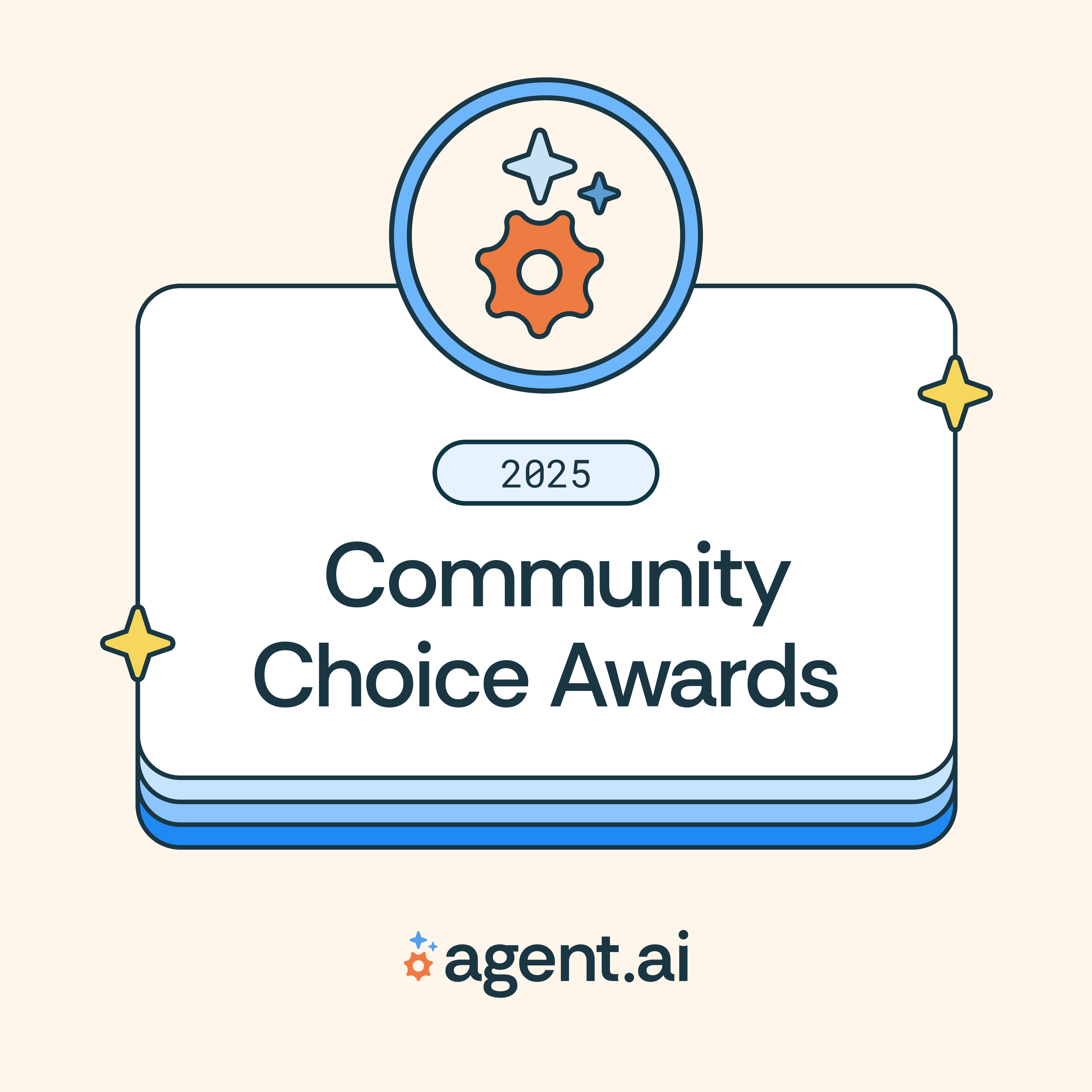Worried About Posting AI Garbage on LinkedIn? Read This First.
Everyone's using AI on LinkedIn. Learn how to stand out without sounding like a corporate prompt zombie.


You know two things to be true:
- It would probably help your career if you start posting on LinkedIn more often.
- It would probably help your career if you started using AI more often.
But then you see people getting absolutely roasted for posting obvious ChatGPT garbage and you absolutely do not want to be the next victim of a LinkedIn pile-on.
I was talking to a friend the other day who told me about interviewing people for a role. Two different candidates submitted projects that were basically identical because they'd both used ChatGPT and just took whatever it gave them first. Same outline, same approach, same everything.
That's the problem we're dealing with. Everyone's using the same prompts and accepting whatever the machine spits out. And now our feeds are full of this weird, mass-produced "personal content" that sounds like it was written by the same corporate robot.
The key is making AI your collaborator instead of your replacement. We're talking about using it to organize your actual human insights, not generate fake thoughts for you. The goal isn't to become a prompt engineering genius. It's to build your personal brand without making everyone on LinkedIn want to unfollow you. Here's how.
Level 1: Start With the Foundation
Get AI to Actually Sound Like You
Most AI content fails because it sounds like it came from the same place (because, basically, it did). Your authentic voice is literally your competitive advantage, but you have to actually teach the machine what that sounds like if you need its help getting that authentic voice down on the proverbial paper.
Here's what works: Take screenshots of your last 10-30 LinkedIn posts. Feed these to AI and ask it to analyze your writing style. Get specific. Is your voice "vibrant and intellectual" or "casual and example-heavy"? Use these descriptions in every future prompt.
But don't stop there. Record yourself talking about your background, expertise, and opinions. Just brain dump everything. What you do, how long you've been doing it, what you believe, what frustrates you about your industry. Even your most controversial takes. This gives AI actual substance to work with instead of asking it to generate thoughts for you.
Then do a "personality pass" on every single draft. Read it and ask yourself: Does this sound like something I would actually say? Will my cynical colleague roll their eyes if they see this post because it's so vague and impersonal?
Stop Taking the First Answer
This is where I see a lot of people making the same mistakes. AI's first suggestion is always the most generic because it's giving you the average response based on its training data. That's why those two job candidates ended up with identical projects.
Never accept the first thing AI gives you. Ask for 10 ideas knowing only a few will be good. Push back with "give me something more like that idea, but less predictable" or "these are too common." Start with outlines before asking for full posts so you can kill bad ideas before they become bad content.
Fix the Obvious Tells
AI jokes are universally terrible. Remove them (and ideally replace them with your own, but no pressure.) Cut the excessive parenthetical phrases that scream "ChatGPT wrote this." Get real with yourself about whether you'd be interested in reading the content if it came across your feed.
AI doesn't have taste or human judgment. It just knows what words tend to go together. Your experience, your unique perspective, your actual opinions ... that's what people want to read.
Level 2: Build Better Systems
Turn Conversations Into Content Gold
Use your real conversations as source material. Set up recurring coffee dates with peers where you discuss industry challenges. Interview colleagues about what they're working on across departments. Use Granola or similar tools to transcribe these meetings.
A 30-minute conversation can easily generate 10+ content ideas. The insights are authentic because they're coming from real discussions about real problems. AI just helps you organize and articulate them.
Create Your Messaging Framework
Do a comprehensive brain dump of your expertise, opinions, and core beliefs. Ask AI to create a "messaging document" based on this information. What are your recurring themes? What's your unique perspective? What do you keep coming back to?
Thought leadership requires consistency. Random posts don't build authority. Having a framework means you're not starting from scratch every time.
Develop an Actual Process
Generate topics from meeting transcripts and peer discussions. Record a quick recap of industry news stories you found interesting while drinking your morning coffee. Narrow down ideas by asking yourself "Do I have something unique to say about this?"
Create outlines first, then critique and refine before writing. Feed AI your voice samples again before asking it to write. Focus your feedback on tone rather than topic, since this is typically where things break down when you rely too heavily on AI.
Use the rewrite-from-memory technique: Read the AI draft, then try to rewrite sections from memory to filter them through your brain.
Level 3: Scale It Up
Build Your Own Influencer Pod
Form two groups of people you know who are working on their LinkedIn presence. One should be an industry pod—external peers who work at different companies, but in a similar line of work. Then set up an internal cohort of people at your company. For each of these groups, aim to meet biweekly or monthly to discuss industry trends, company news or “hot topics” that would work well on social media, and any key learnings you’re picking up on your social media journey. Commit to engaging with each others’ posts in an authentic way that adds value (leaving a comment that just says “great post!” does not count.)
It's like having a support system for content creation. Consistent content is easier when you have regular input and people to bounce ideas off of. And the engagement support will help your content be seen, which is a nice side effect.
Optimize Your Workflow
Set up recurring meetings with your pods. Create templates for processing meeting transcripts. Build custom GPTs with your voice samples. Establish a content calendar based on your meeting schedule.
The goal is 3-5 hours total per month to create sustainable thought leadership. Focus on derivative content. One transcribed meeting should generate multiple posts. Consistency beats perfection, and sustainable systems win long-term.
Think About the Future
The landscape is changing rapidly. AI will get better at generating content, which makes human insight more valuable, not less. The next generation of content creators will be "humanity infusers"—people who understand how to collaborate with AI while maintaining their authentic voice.
Focus on developing taste and judgment, which AI can't replicate. Learn to teach AI rather than just use it. Position yourself as someone who uses tools well, not someone who's replaceable by tools.
Developing good content for your personal brand while using AI isn't just about becoming a prompt engineer. It's about understanding that AI is a tool that can help you think, organize, and articulate, but it cannot replace your unique perspective and experience.
The people who succeed won't be those who avoid AI or those who rely on it completely. They'll be the ones who learn to collaborate with AI while keeping what makes them uniquely valuable.
Want to give it a try? Record yourself talking about something you're working on right now. Take screenshots of your last ten LinkedIn posts, emails, and chats. Feed it to your preferred LLM and see what it can help you do with that raw material. Getting started is the hardest part, but it's worth starting down the right path.




